In today’s industrial landscape, where strength, precision, and heat resistance are increasingly critical, engineering plastics have emerged as an effective alternative to metals in many applications. Among them, PA6 GF30 – Polyamide 6 reinforced with 30% glass fiber – offers the perfect balance between lightweight design and exceptional mechanical performance.
This combination not only improves load-bearing capacity and minimizes deformation but also expands PA6’s usability in demanding sectors such as automotive, electrical & electronics, and precision engineering. In this article, we’ll explore in depth the key features and main applications of PA6 GF30, along with processing notes and real-world insights from industry experts.
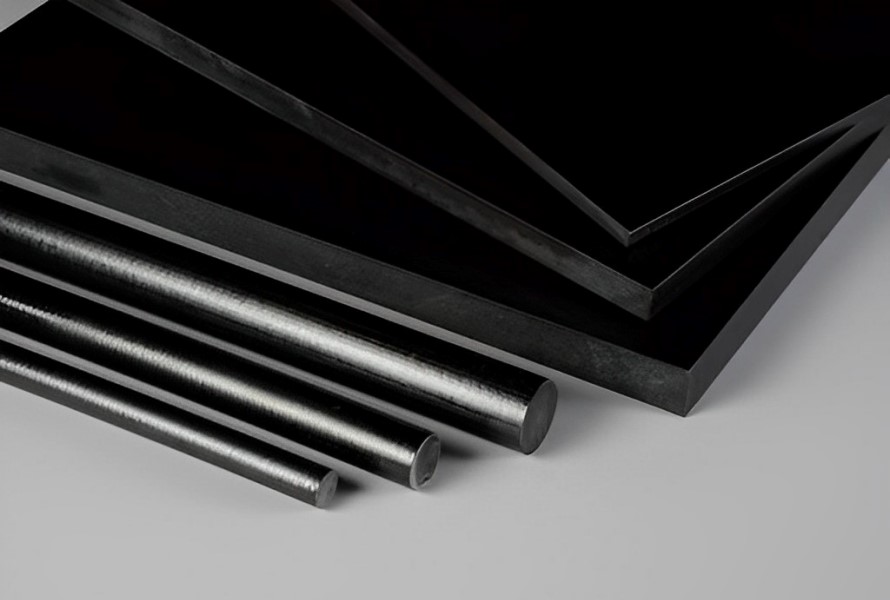
PA6 GF30, a high-performance engineering plastic, is widely used in various industries
1. Introduction to PA6 GF30
1.1. What is PA6 GF30?
PA6, also known as Polyamide 6 or Nylon 6, is one of the most widely used engineering plastics thanks to its good mechanical properties, high tensile strength, and excellent wear resistance. However, in its virgin form, PA6 still has some limitations, such as high moisture absorption, moderate stiffness, and susceptibility to deformation under elevated temperatures.
That’s where GF30 – short for Glass Fiber 30% – comes in as a significant upgrade. By incorporating 30% glass fiber into PA6 through a compounding process, the resulting material achieves:
- Tensile strength and stiffness increased by 50–100% compared to virgin PA6.
- Improved dimensional stability and reduced coefficient of thermal expansion.
- Higher heat resistance, making it suitable for load-bearing parts in high-temperature environments.
According to Mordor Intelligence (2024), the polyamide market is projected to grow at a CAGR of 6.02% from 2024 to 2029. With the 2024 market size estimated at 9.47 billion USD, the market size is expected to reach 12.69 billion USD by 2029, reflecting its strong and rising demand.
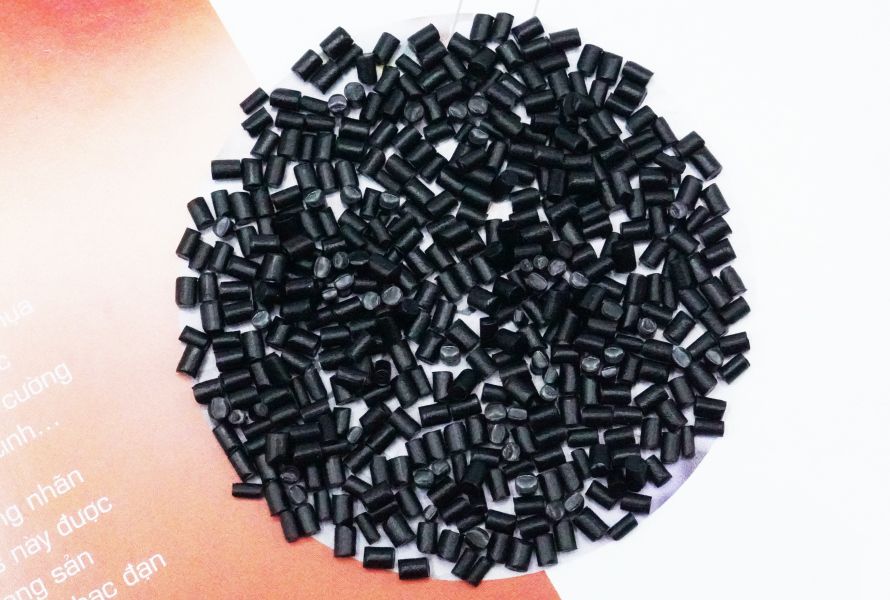
PA6 GF30 is polyamide 6 reinforced with 30% glass fiber
1.2. Importance of PA6 GF30 in Industry
PA6 GF30 plays a vital role in the trend of replacing metals with engineering plastics. With a much lower weight but comparable strength and rigidity, it helps:
- Reduce product weight, improving fuel efficiency (especially in automotive applications).
- Lower manufacturing costs compared to traditional metals.
- Enhance design flexibility, enabling mass production of complex parts.
For example, in the automotive industry, PA6 GF30 can replace steel or aluminum in components such as water pump housings, engine covers, or mounting brackets—reducing vehicle weight while maintaining durability and part longevity.
2. Composition and Structure of PA6 GF30
2.1. Main Components
A standard PA6 GF30 formulation typically includes:
- Virgin PA6 resin: Around 65–70%, determining the base properties such as wear resistance, tensile strength, and processability.
- Short glass fibers: About 30%, providing reinforcement to improve stiffness, flexural strength, and reduce thermal deformation.
- Functional additives: Depending on the application, UV stabilizers, flame retardants, antioxidants, or lubricants may be added to enhance performance.
The compounding process is carried out on a twin-screw extruder to ensure uniform fiber dispersion and strong adhesion between glass fibers and the PA6 matrix, maximizing reinforcement efficiency.
2.2. Microstructure & Reinforcement Mechanism
Under a microscope, glass fibers appear densely distributed and randomly or semi-randomly oriented in the PA6 matrix. When the material is stressed, these fibers:
- Distribute loads evenly to reduce crack formation.
- Increase elastic modulus, helping parts maintain shape under load.
- Reduce the coefficient of thermal expansion (CTE), preventing deformation from temperature changes.
3. Benefits of PA6 GF30
PA6 GF30 offers several key benefits that make it highly desirable for different applications:
- High strength: The addition of glass fibers significantly improves the strength and stiffness of PA6 GF30, making it capable of withstanding heavy loads and impacts.
- Improved heat resistance: PA6 GF30 exhibits better heat resistance compared to unfilled PA6, allowing it to withstand higher temperatures without deformation or loss of mechanical properties. It has a melting point of 215 °C and can withstand heat up to 150 °C on average.
- Electrical insulation: PA6GF30 has excellent electrical insulating properties, making it suitable for applications that require electrical components or insulation.
- Chemical resistance: PA6 GF30 shares similar chemical properties with Nylon 6, with some enhancements in mechanical strength due to the addition of glass fibers. PA6 GF30 does not have strong resistance to acidic substances. It may undergo degradation or weakening when exposed to strong acids. Meanwhile, it can withstand exposure to basic solutions without significant harm.
- Dimensional stability: The glass fiber reinforcement imparts exceptional dimensional stability to PA6-GF30. This means that the material experiences minimal expansion or contraction under varying temperatures, ensuring the integrity of the final product.
- Low moisture absorption: Unlike standard PA6, PA6 GF30 has lower moisture absorption, which results in better performance in humid or wet environments. This property is especially crucial for components used outdoors.
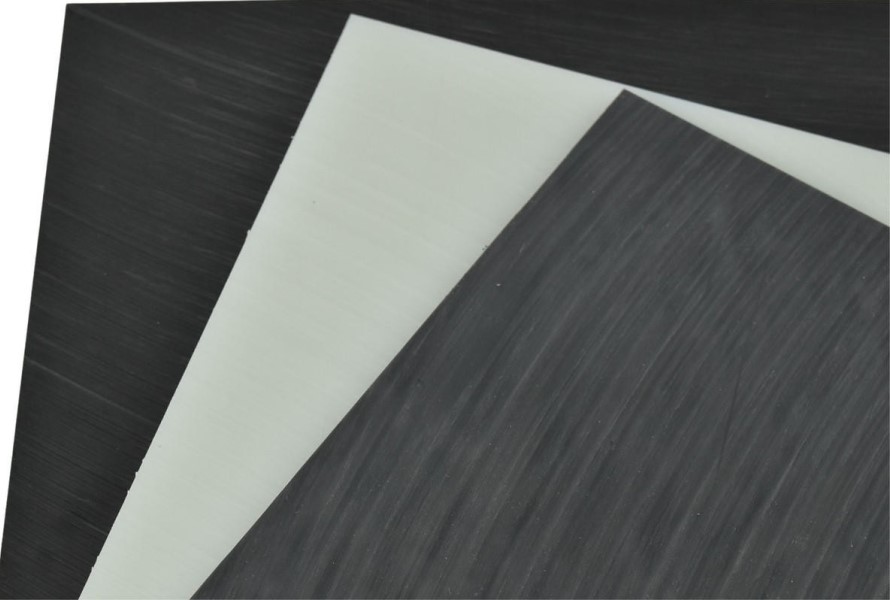
PA6 GF30 has many advantages, such as excellent strength, high chemical resistance and insulation
4. Common applications of PA6 GF30
PA6 GF30 finds applications in a wide range of industries due to its excellent properties. Some common uses of PA6-GF30 include:
4.1. Automotive parts
PA6 GF30 is used in the manufacturing of various automotive components such as engine covers, intake manifolds, fuel system parts, and electrical connectors. Its lightweight, high strength, and resistance to temperature fluctuations make it an ideal choice for improving vehicle performance and fuel efficiency.

PA6 GF30 is used to produce engine covers, intake manifolds and other automotive components
4.2 Electrical and electronic
The electrical and electronics industry uses PA6 GF30 in connectors, switches, and housings for electronic devices. Its electrical insulating properties, combined with mechanical strength, ensure reliable performance and durability.
4.3 Industrial machinery
In industrial settings, PA6-GF30 is used in gears, bearings, and machine components that require high mechanical strength and resistance to wear and tear.
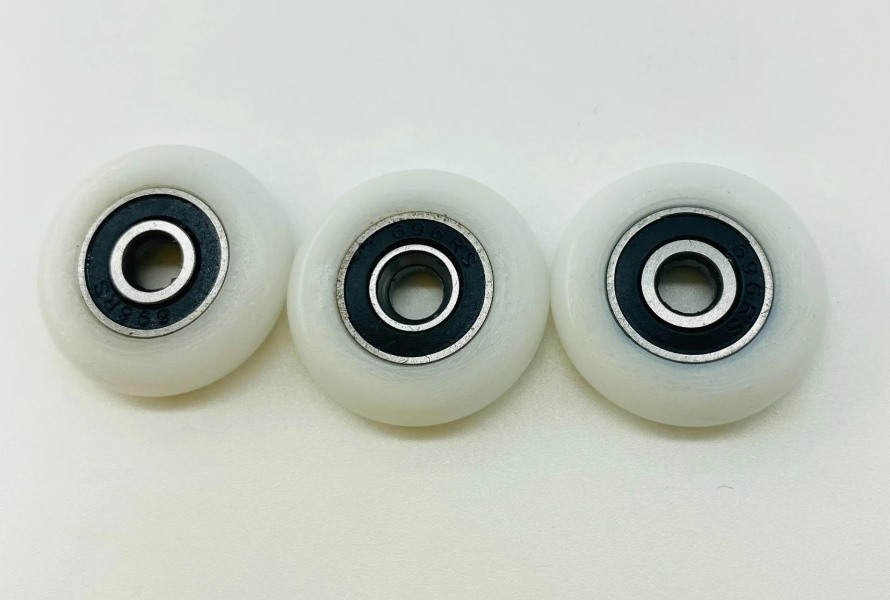
PA6-GF30 is also used in gears, bearings, and machine components
4.4. Consumer goods
PA6 GF30 is found in a variety of consumer goods, such as power tools, appliances, sporting equipment, and gardening tools, thanks to its durability, impact resistance, and heat resistance.
4.5. Textiles and apparel
Nylon 6 is extensively used to manufacture textile fibers. These fibers are lightweight, strong, and have good elasticity, making them suitable for a wide range of apparel items. Nylon 6 fibers are commonly used in garments such as sportswear, activewear, hosiery, lingerie, and outerwear.
In industrial settings and safety applications, Nylon 6 fabrics are utilized to produce protective clothing, such as coveralls and workwear. Its toughness and resistance to chemicals and abrasion provide added protection for workers.
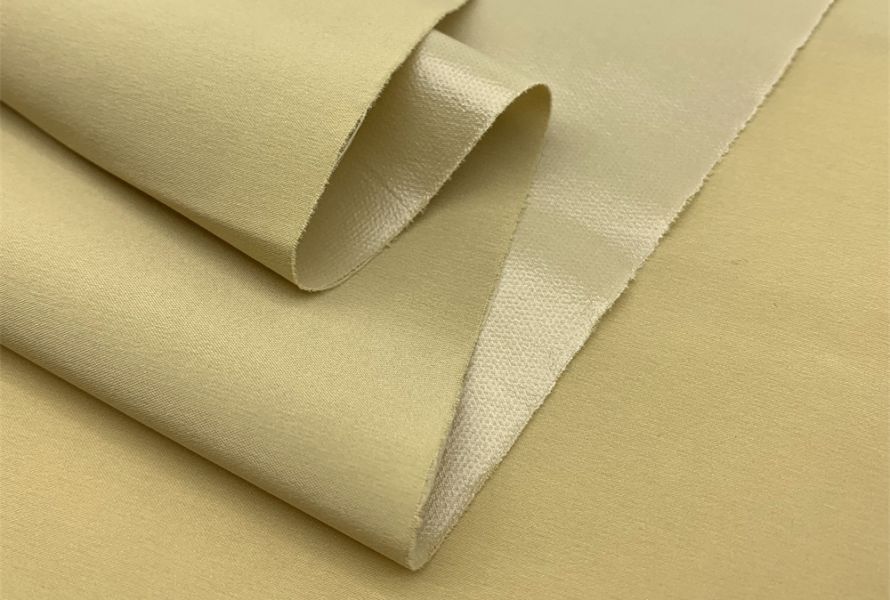
Nylon 6 is the key material of manufacturing textile fibers and protective clothing
5. PA6 GF30 Manufacturing and Processing
5.1. Producing PA6 GF30 Pellets
The process begins with blending virgin PA6 resin with short glass fibers and the required additives. This is typically done on a twin-screw extruder in the following steps:
- Accurate feeding: Ensuring the correct ratio of PA6, glass fibers, and additives.
- Heating and melt mixing: Barrel zones are kept at 240–270°C to melt the polymer without damaging fiber integrity.
- Strand extrusion and pelletizing: The melt is extruded, cooled, and cut into uniform compound pellets.
- Packaging and storage: Pellets are dried and sealed to prevent moisture absorption during storage.
5.2. Common Processing Methods
Injection Molding
- Suitable for mass production of complex-shaped parts.
- Processing temperature: 240–270°C; mold temperature: 80–110°C to minimize warpage.
- Pre-drying (80°C for 4–6 hours) is required to reduce moisture content below 0.1%.
Extrusion
- Used for producing PA6 GF30 rods, pipes, and sheets.
- Requires careful control of extrusion speed and cooling to avoid residual stress.
Machining (CNC)
- Performed after molding or extrusion for precise tolerances.
- Use carbide cutting tools and low cutting speeds to avoid surface chipping.
6. Other types of glass-filled pa6
In addition to PA6 GF30, there are several other glass-filled PA6 variants available in the market. Let's explore some of these types:
6.1. PA6 GB20 GF10
PA6 gb20 gf10 is a glass-filled PA6 compound that contains 10% glass fiber and 20% glass beads. The addition of glass beads improves the impact resistance and surface finish of the material, making it suitable for applications requiring a balance between strength and aesthetics.
6.2. PA6 GF15
PA6 GF15 is made of PA6 compound with 15% glass fiber. It offers good strength and stiffness while maintaining a cost-effective balance. This material is commonly used in various automotive and industrial applications.
6.3. PA6 GF33
PA6 GF33 is PA6 polymer containing 33% glass fiber.. It provides higher mechanical strength, rigidity, and dimensional stability compared to PA6 GF30. PA6 GF33 is commonly used in structural components, electrical connectors, and industrial equipment.
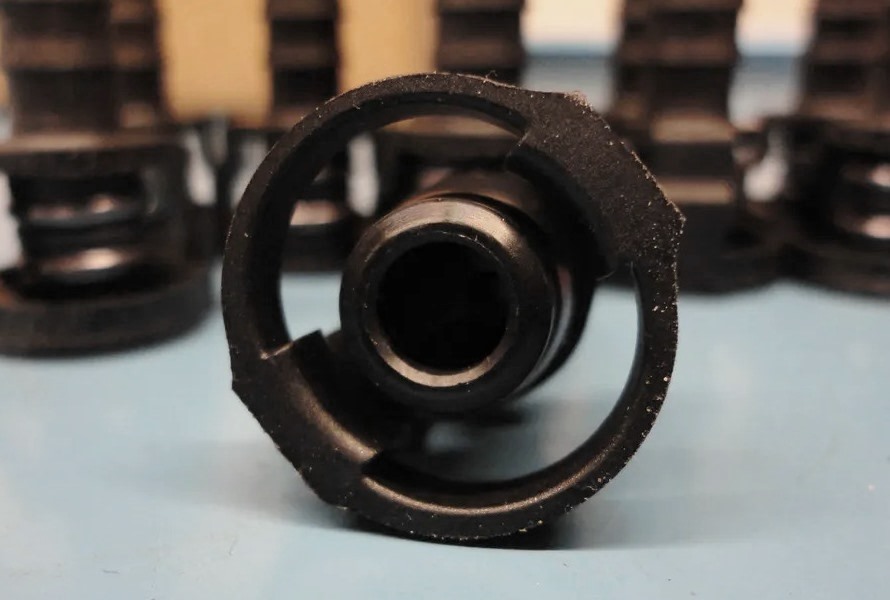
There are many different types of glass-filled PA6
6.4. PA6 GF35
PA6 gf35 is a glass-filled PA6 compound with 35% glass fiber content. This material has enhanced mechanical properties, including higher strength, rigidity, and creep resistance. PA6 GF35 is suitable for applications requiring superior performance under demanding conditions.
6.5. PA6 gf50
PA6 GF50 refers to a compound made from PA6 with a 50% Glass Fiber. This composite provides exceptional mechanical properties, including high strength, stiffness, and heat resistance. PA6 GF50 is commonly used in applications requiring maximum performance and durability.
6.6. PA6+ABS-GF20
PA6-ABS-GF20 is a blend of PA6, ABS, and 20% glass fiber reinforcement. This material combines the benefits of PA6 and ABS, offering high impact resistance, heat resistance, and dimensional stability. It is often used in automotive applications where a balance of toughness and strength is required.
7. Introduction of EuroPlas PA6-GF engineering plastic compound
EuroPlas PA6-GF is an advanced engineering plastic compound that combines PA6 with glass fiber reinforcement. It offers grades and customizations to meet specific application requirements, including: PA6 GF15, PA6 GF30.
| Criteria |
Measurement method |
Unit |
ECP PA6 R115GF |
ECP PA6 R30GF |
| Glass fiber content |
TGA |
% |
15 |
30 |
| Density |
D 792 |
g/cm³ |
1.21 |
1.35 |
| Tensile Strength at Yield (a) |
D 638 |
MPa |
70 |
125 – 130 |
| Elongation at Break (a) |
D 638 |
% |
>5 |
3-5 |
| Flexural Modulus |
D 790 |
MPa |
3426 |
5218 |
| Izod Impact Strength (b) |
D 256 |
J/m |
52 |
70 |
| Deflection Temperature under Load at 1.8 MPa (b) |
D 648 |
ºC |
165 |
190 |
| Flammability |
UL 94 |
|
HB |
HB |
EuroPlas PA6-GF provides excellent mechanical properties, dimensional stability, and heat resistance, making it a reliable choice for various industries, such as automotive, electrical and Electronics, consumer goods, construction…
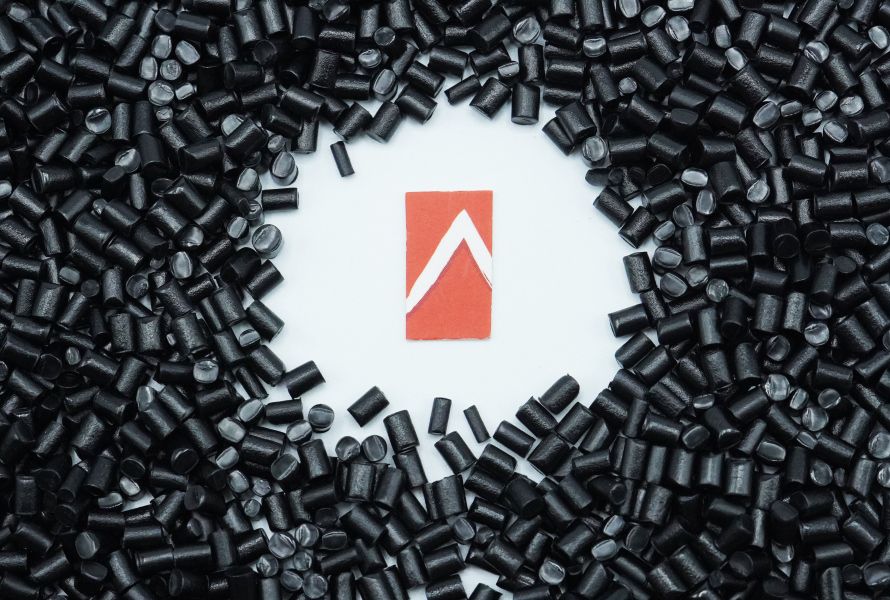
EuroPlas PA6-GF plastic displays excellent mechanical characteristic and is suitable for various applications
EuroPlas PA6-GF engineering plastic compound presents an ideal balance of strength, heat resistance, and durability, making it an outstanding material choice for diverse industries. Its superior properties open up new possibilities for design innovation, leading to enhanced performance and reduced manufacturing costs. Contact us to elevate your products to new heights of excellence.
8. Conclusion
PA6 GF30 is a versatile material that combines the benefits of PA6 with glass fiber reinforcement to deliver outstanding mechanical strength, thermal stability, and dimensional accuracy. With its wide application range—from automotive and electronics to mechanical engineering—PA6 GF30 is becoming a top choice for many manufacturers.
If you need a reliable supply of high-quality PA6 GF30 along with expert technical support, EuroPlas is ready to help you optimize your products.
9. FAQs about PA6 GF30
Q1: What are the key features of PA6+GF30?
A1: PA6+GF30 exhibits high strength, enhanced rigidity, improved heat resistance, reduced shrinkage, excellent chemical resistance, and electrical insulation properties.
Q2: What are the common applications of PA6+GF30?
A2: PA6+GF30 is commonly used in automotive parts, electrical and electronics components, industrial machinery, consumer goods, and construction applications.
Q3: Are there other types of glass-filled PA6 available?
A3: Yes, apart from PA6-GF30, there are other variants such as PA6 gb20 gf10, PA6 gf15, pa6 gf25, PA6 gf33, PA6 gf35, PA6 gf50,... depends on the percentage of glass fiber in the compound.
Q4: Can PA6-GF30 be recycled?
A4: Yes, PA6-GF30 can be recycled, but the process can be challenging due to the glass fiber reinforcement. Proper recycling methods and facilities are necessary to ensure the material's reusability and reduce environmental impact.
Q5: What makes EuroPlas PA6-GF special?
A5: EuroPlas PA6-GF offers a wide range of grades and customizations, providing excellent mechanical properties, dimensional stability, and heat resistance for diverse industry applications.